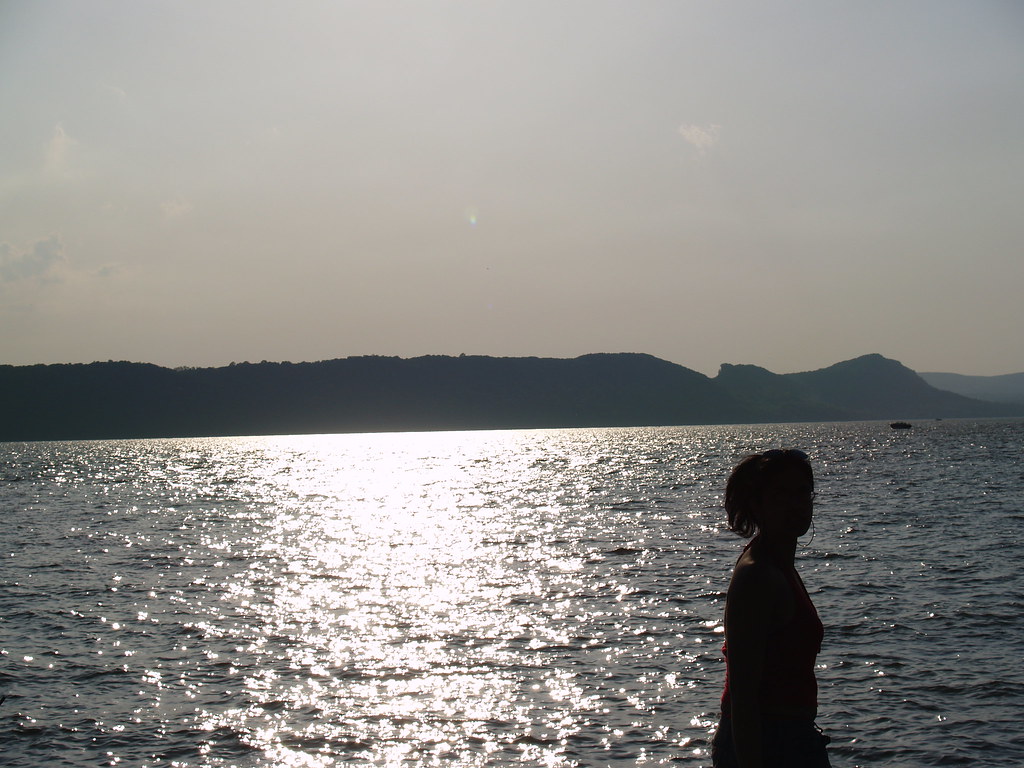***
January 19, 1955
A group of middle-aged gentlemen in town got talking about the weather the other day and how modern winters are sissy periods compared with those they passed through in youth.
One stubborn fellow insisted that in 1918, when World War I was on, he and a whole group of small-fry from Ninetieth Street walked across the frozen Hudson to a point on the New Jersey shore--Fort Lee he thought it was.
The talk swelled to uproar at the bar, one faction holding that there has been no bank-to-bank freeze below Yonkers in modern times, though such a phenomenon was common in the seventeenth, eighteenth and nineteenth centuries.
Newspaper files show that a munitions worker named Fred Gabay crossed on the ice from Hastings in Westchester to a point on the New Jersey side in a free-up on Jan. 2, 1918. The same file indicated a Hudson River freeze-up just five years earlier but didn't say how far down it came.
The files also showed a photograph, published Jan. 13, 1918, showing Dr. Lee de Forest, the inventor, and Miss Nancy Mayo crossing the Hudson opposite 230th Street, New York City.
Edward Rindwood Hewitt of Gramercy Square, son of Abram Hewitt, who was Mayor of New York in 1887, remembers that the Hudson froze almost every year around that period, mostly about February.
It sticks in his mind, he says, because he and the other silk-stocking kids used to sail-skate from somewhere around Yonkers down to Manhattan's upper reaches. They did it year after year.
Mr. Hewitt, pushing 90 down, recalls clearly that one winter day in 1875 it was the East River that froze, and probably both rivers. That freeze is fixed in his memory because the cash boy for his grandfather, Peter Cooper, due at the office in Water Street that morning, didn't show up until mid-afternoon.
It turned out that ice had stopped the East Twenty-third Street-Greenpoint ferry, so the cash boy had come down the hard way. He had walked from Cooper's Bushwick glue factory to Greenpoint, then to the Manhattan shore and all the way downtown without wetting his feet.
The last ice-up anyone could remember was during the record cold of February, 1934, a bitter depression year when the thermometer only once struggled above freezing. By that time, though, river traffic was so heavy that there was no shore-to-shore ice bridge, only heavy floe accumulation.
***
That would've been so amazing to see. I need to get over to the Hudson when it snows, because I've never seen it like that before.







No comments:
Post a Comment